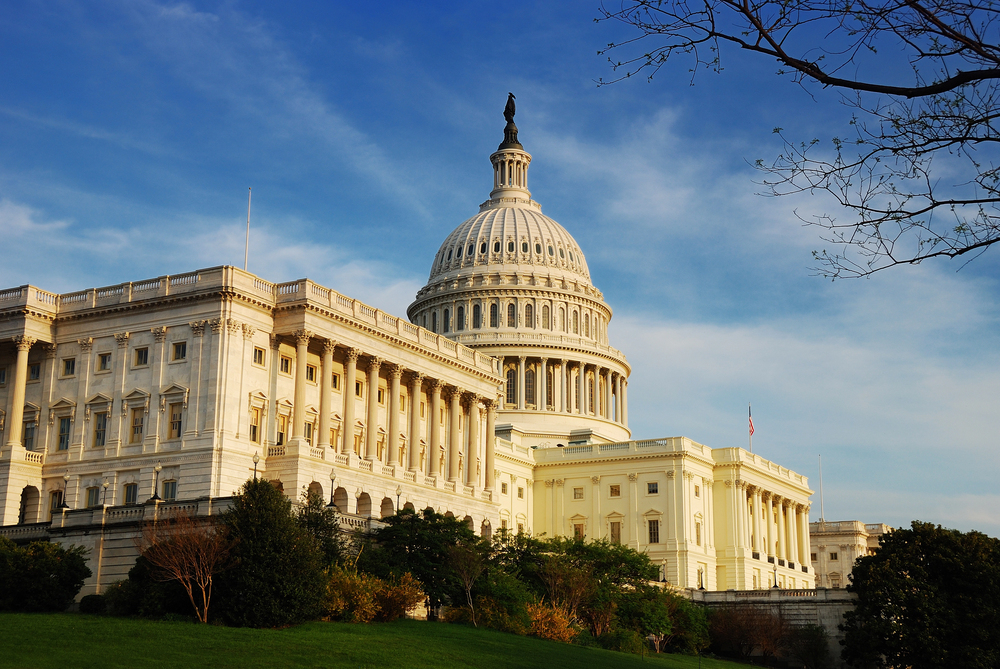APCIA Annual Meeting 2023: Legal System Abuse, Reinsurance and Wildfires

By: Dave Evans
This week, the American Property Casualty Insurance Association (APCIA) hosted its annual meeting in Boston, where the topics focused on several catalysts that have led to the hard market.
While the warning signals began flashing after last year’s reinsurance renewals, the impact of the hard market on the economy at large and on consumers has been mostly realized during the second half of 2023. Now, the question on everyone’s mind is: What is the outlook for 2024 and beyond?
Here are some of the main takeaways from the APCIA Annual Meeting 2023:
Wildfires
While national attention over the past several years has been on the West, and in particular, California, it’s noteworthy that future wildfire maps indicate that the northeast and mid-Atlantic regions are also at risk from wildfire activity.
The wildfire panel included several members of the bipartisan congressional commission that was formed in 2021, which delivered the “Report of the Wildland Fire Mitigation and Management Commission” in September. The report provided 148 recommendations to policymakers including regulators, legislators and other stakeholders to create a comprehensive approach to deal with the human and financial consequences of wildfires by developing thoughtful national wildfire policies, which include the funding necessary to implement them.
During the session, Bryon Ehrhart, global head of strategic growth and development at Aon, pointed out that typical wildfire catastrophe modeling, which uses a 20–25-year history, needs an updated timeframe to reflect the new normal that wildfire risks pose.
Meanwhile, Kim McDonald-Weybright, head of risk management services at Private Client Select Insurance Services, provided an example of how embers spread by wildfire travel through open housing vents igniting fires within homes. Kimiko Barret, lead wildfire research and policy analyst, Headwaters Economics, said that over 100,000 structures have been lost to wildfires and, in total, there are now some 44 million homes that are deemed at risk for wildfire. She added that voluntary measures will not achieve what the report calls for to reduce and mitigate the destruction that wildfires pose.
Reinsurance
Reinsurance is a critical component of the insurance ecosystem and its impact on the hard market was an ever-present theme at the APCIA conference. The 2023 reinsurance market’s footprint has impacted pricing and policy limits and generated more underwriting restrictions, including companies exiting entire lines of business.
The reinsurance session analyzed the effects of inflation, social inflation, climate change, cybersecurity attacks, geopolitical instability, and other emerging risks on the reinsurance marketplace, and asked: What does the reinsurance environment look like? Where is it going? How long will it last? And what is different about this hard market cycle?
During the session, Kerri Hamm, executive vice president of business development for Munich Re U.S., shared her view that the reinsurance market in general was not getting adequate returns on invested capital and there was a need for a reset in pricing and structure. She also noted how higher interest rates have increased the cost of capital relative to the risk-free rate of returns that the bond market now provides, and that legal system abuse has had an impact on casualty reserves. She also emphasized the impact of the regulatory environment, particularly in California, which does not allow for reinsurance costs to be passed along in insurance company rate filings.
Meanwhile, Molly Tully, managing director of Aon Reinsurance Solutions, stated that currently, reinsurance capacity is an issue, and a key reinsurance objective is to arrive at stability in pricing and terms.
The panel’s consensus is that certain lines of business, such as workers compensation, are fairly stable but overall the hard market will be around at least through the second half of 2024. However, what impact climate change and “nuclear” jury verdicts will have on reinsurance remain open questions.
A final concern that was discussed related to cybercrime. Alex van Dijk, president of U.S. branches at Guy Carpenter, raised the point that, geopolitically, it is not just criminals but also governments that are involved in creating adverse cyber events and Hamm suggested that there may be a need to create a public backstop to back up private cyber insurance markets.
Legal System Abuse and Social Inflation
Social inflation and how legal system abuse impacts policyholders and leads to rising insurance costs was another key topic at the conference. During one session, Wesley Hyatt, chief client officer, global risk solutions North America at Liberty Mutual, started out the discussion by stating she prefers the use of the term “legal system abuse” versus “social inflation” to better capture what is happening with regard to litigation in the U.S. She added that reform efforts should be aimed at “restoring balance and fairness” to plaintiffs and defendants alike.
Allen Kirsh, senior vice president, head of claims, judicial and legislative affairs, North America claims, Zurich North America, added that general liability loss costs are escalating at a multiple of the consumer price index over five times faster than the past five years, which can be mostly attributed to nuclear verdicts, defined as verdicts in excess of $10 million dollars. He also mentioned that there are also “thermo-nuclear verdicts,” which represent verdicts in excess of $100 million dollars.
The panel discussed how these large verdicts—and their growing frequency—are being accomplished. Kirsh noted that law firms utilize broad-scale advertising, not only to promote their particular law firm but to influence the potential jury pool to create the impression that large jury awards are the norm and the cost is paid by the insurance company, not necessarily the defendant. Another tactic is the use of “reptile theory”—a plaintiff strategy to evoke the jury’s emotions to position and empower them as sending a message to companies that their bad behavior cannot be tolerated and the economic consequences will be severe.
Third-Party Litigation Funding
But of all the tactics, the panel agreed the No. 1 issue driving these large awards is third-party litigation funding. This funding is not disclosed to juries, making a trial often seem like David (the plaintiff) versus Goliath (the defendant), when in fact the plaintiff can have significant financial and intellectual resources that are not transparent to the jury.
Donald Naber, executive vice president, safety, risk & insurance, Gilbane Building Company, and Doug Ware, senior vice president, risk management, Suffolk Construction, described how legal system abuse is impacting their ability to bid on construction projects and to ensure they are financially viable. Naber mentioned that 17 years ago, his liability tower used to consist of four insurance companies. Now he needs 12 insurance companies to accomplish comparable coverage.
The impact can be even more drastic for smaller subcontractors who cannot afford the insurance costs of covering all the potential risks. Naber added that third-party litigation funding is currently a $12 billion dollar industry and is projected to grow to $25 billion annually by 2030.
So, what can insurance companies and policyholders do to combat this trend? The panel’s consensus was that insurance companies need to share information about what they are experiencing—similar to how plaintiff attorneys are sharing intelligence. Further, messaging to the public should not just focus on insurance but rather on the cost to all consumers as increased insurance costs are ultimately passed down to the consumer. To ignore the scope of legal system abuse will result in a threat to local economies, as well as the ability to compete internationally.
Overall, the APCIA Annual Conference 2023 determined that solving the hard market sooner rather than later translates into taking active steps to develop sound zoning and building practices, thoughtful insurance regulations, tort reform and a stable economy to truly achieve a more stable insurance marketplace for everyone’s benefit.
Dave Evans is a senior associate with insurance marketing firm Aartrijk, based in Fairfax, Virginia.










